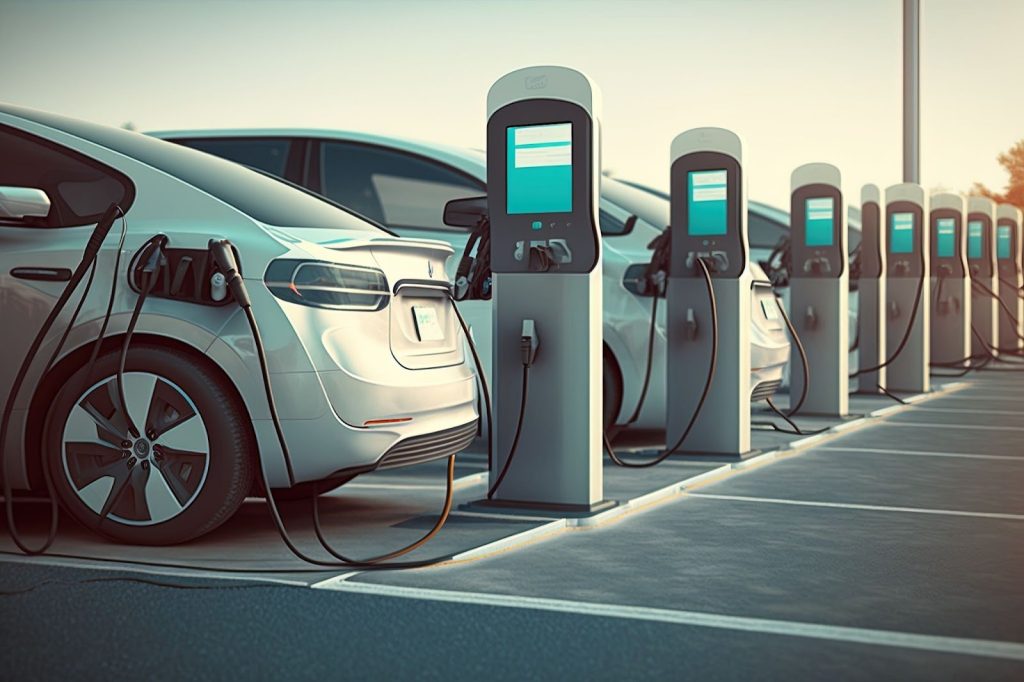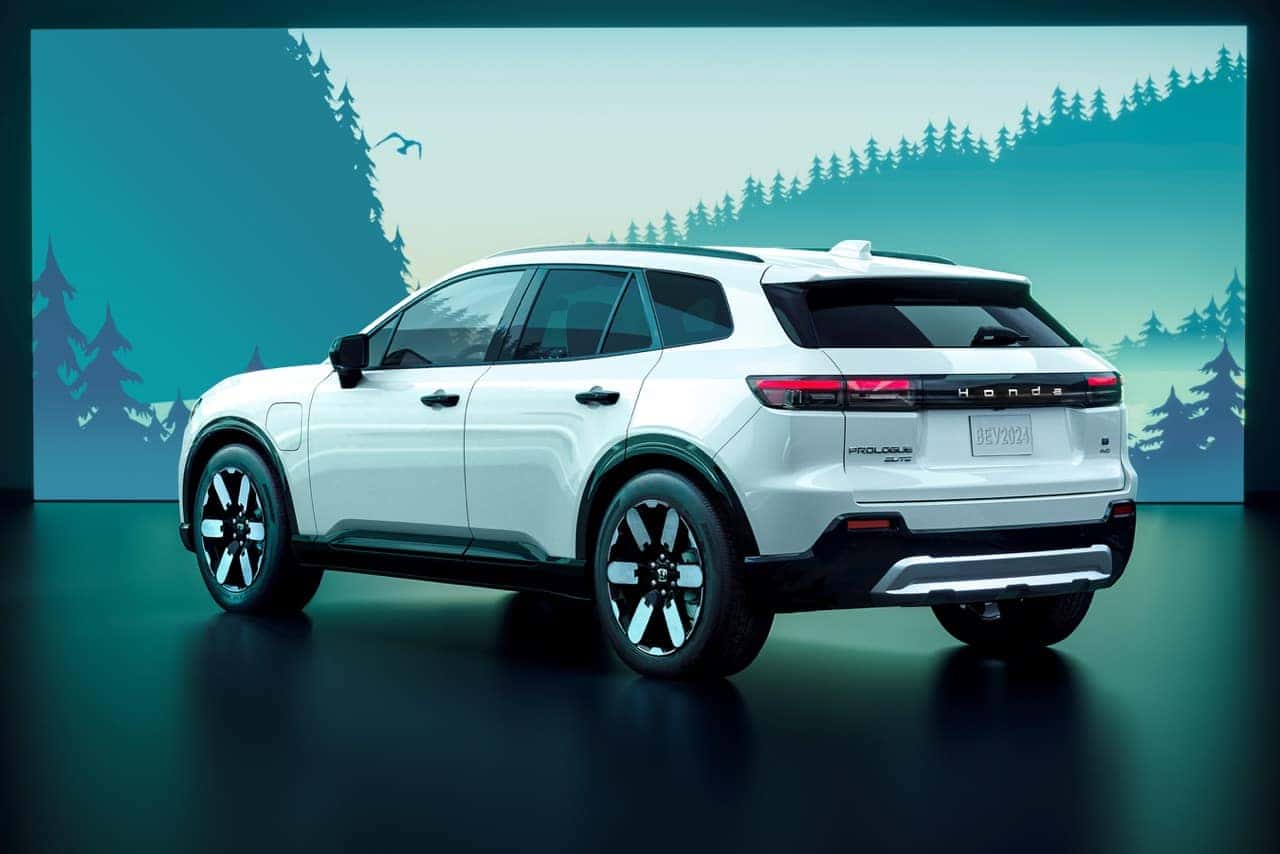How to Claim Your EV Charging Station Rebate and Save Big in 2025
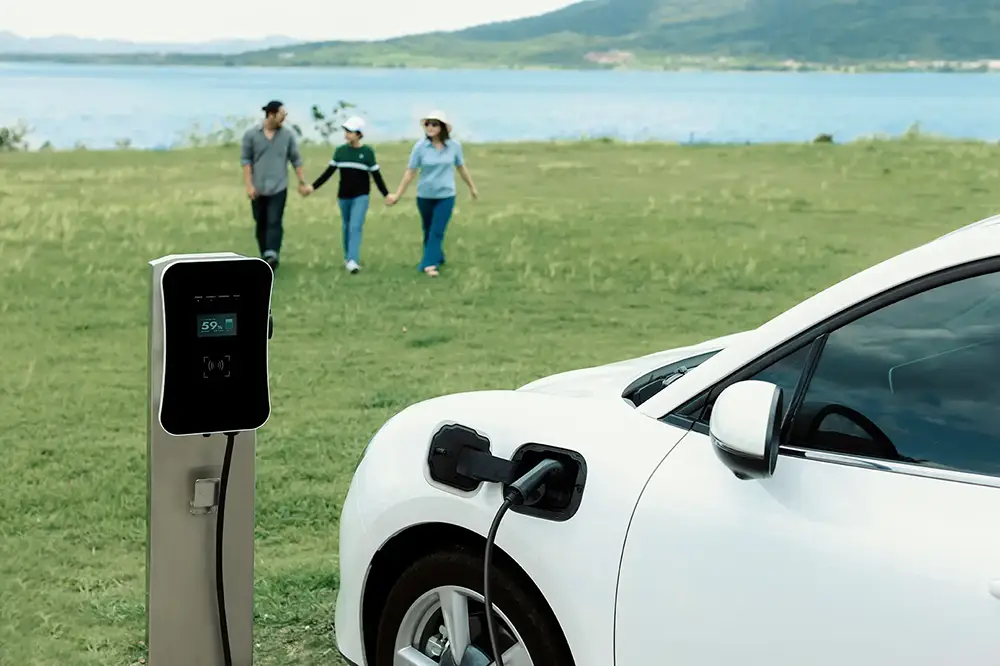
The advent of electric vehicles (EVs) has ushered in a new era of transportation. As more consumers embrace the transition from traditional gasoline-powered cars, one critical aspect of this transition is the development of charging infrastructure. To promote this shift, various EV charging station rebates are available, providing financial incentives for homeowners and businesses alike. Understanding how to navigate these rebate programs can lead to substantial savings.
What Is an EV Charging Station Rebate?

The concept of an EV charging station rebate revolves around providing financial incentives to install charging stations for electric vehicles. This is part of broader efforts to increase the adoption of EVs by making charging stations more accessible and affordable.
Definition and purpose of EV charger rebates
EV charging station rebates are typically offered by government entities, utility companies, and sometimes even manufacturers. These rebates aim to encourage individuals and businesses to invest in EV charging infrastructure as part of the larger initiative to reduce greenhouse gas emissions and promote cleaner energy usage.
The primary purpose of these rebates is to alleviate the upfront costs associated with purchasing and installing charging equipment. By reducing financial barriers, the hope is that more people will opt for electric vehicles, leading to a decrease in reliance on fossil fuels.
Differences between rebates and tax credits
Understanding the distinction between rebates and tax credits is crucial when navigating the world of EV funding options.
Rebates are direct cash-back incentives provided to eligible applicants after they purchase and install qualifying equipment. Essentially, it’s a reimbursement of a portion of the expenditure. In contrast, tax credits are reductions in the amount of tax owed to the government, which means they directly lower your taxable income or tax liability rather than providing immediate cash back.
Who offers EV charging rebates (federal, state, utility companies)
Various entities provide rebates for EV charging stations:
- Federal Government: Through programs like the IRS tax credit for EV chargers, the federal government incentivizes EV infrastructure investment.
- State Governments: Many states have their own rebate programs targeting specific demographics or regions. States like California and New York often lead the pack in offering attractive incentives.
- Utility Companies: Local utility providers may also offer rebate programs aimed at promoting clean energy. They often look to encourage the use of EV charging during off-peak hours to manage load effectively.
Gaining insight into these varying sources of rebates can help you maximize potential savings when investing in EV charging infrastructure.
Federal EV Charging Station Rebate Programs in 2025
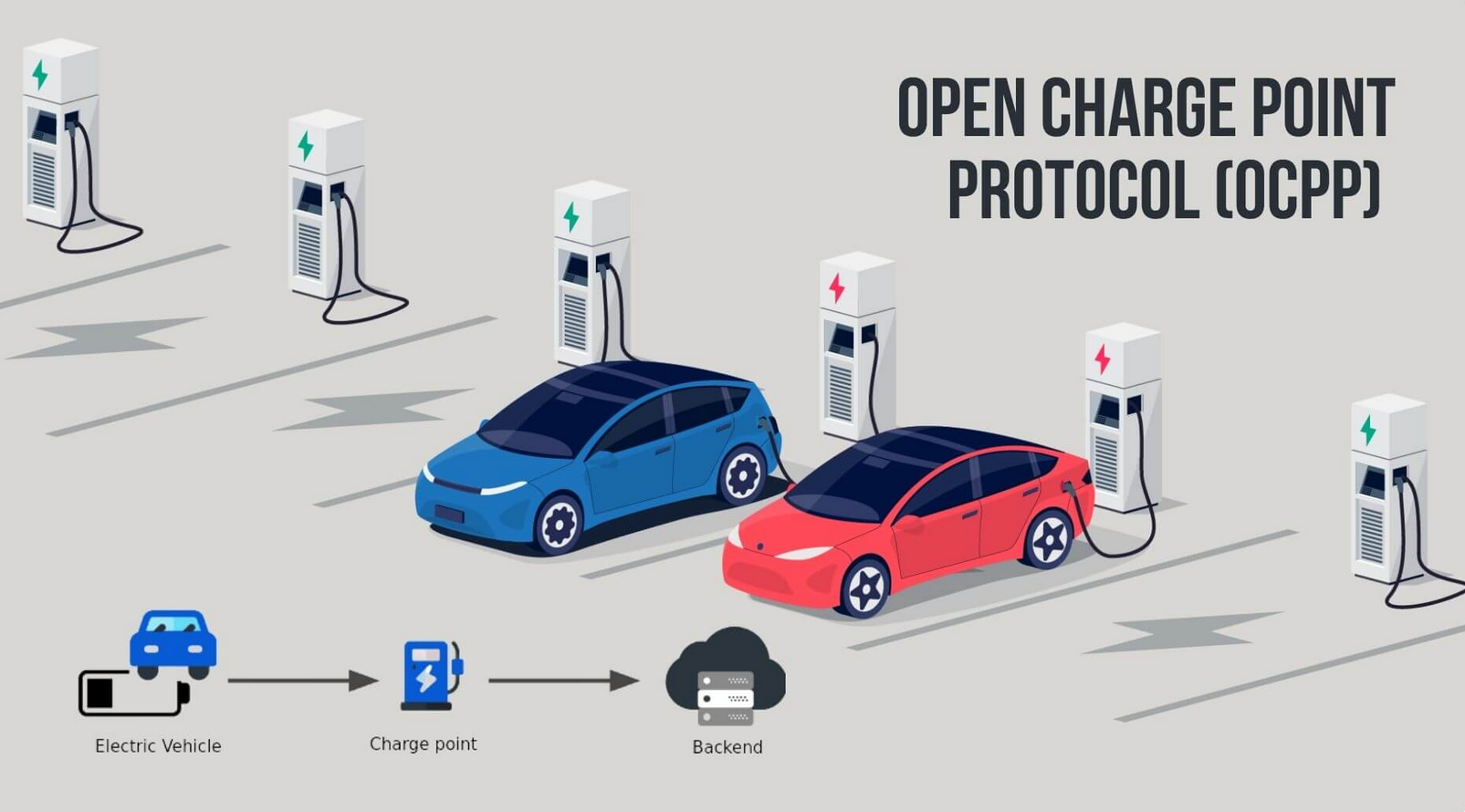
With the increasing push towards sustainability, the federal government has established several initiatives to promote the electrification of the vehicle fleet. Understanding these initiatives is key to claiming significant savings.
Overview of the IRS tax credit for EV chargers
One of the most prominent forms of federal incentive for EV charging stations comes from the IRS tax credit program. As of 2025, eligible taxpayers can claim a specific percentage of their costs related to the installation of EV chargers.
This credit applies not just to residential installations but also to commercial properties, furthering the reach of EV infrastructure. The percentage of the credit may vary, but getting familiar with it can provide homeowners and businesses with a clear picture of their potential savings.
Eligible costs and equipment covered
When applying for the tax credit, it’s important to know which costs and types of equipment qualify. Generally, eligible expenses include:
- The cost of the charging station itself
- Installation services provided by licensed electricians
- Electrical upgrades necessary for the installation
Being informed about what qualifies can prevent any missed opportunities when it comes time to file for your rebate.
Requirements for claiming the federal rebate
To successfully claim a federal rebate, applicants must meet certain eligibility requirements. Here are some essential criteria:
- The charging station must be installed at a property you own.
- You must be the primary user of the EV charging station.
- All installation and equipment costs must be documented accurately.
Navigating these requirements may seem daunting, but being proactive and organized can pay off significantly in terms of savings.
State and Local EV Charging Rebates
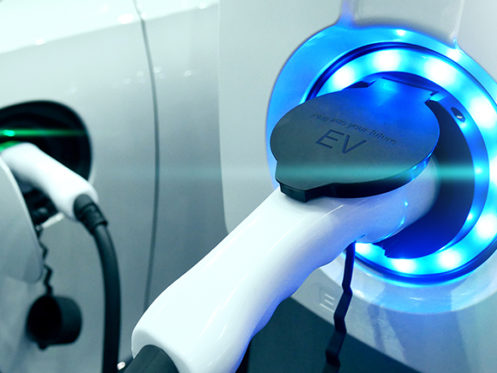
In addition to federal incentives, numerous state and local programs enhance the financial attractiveness of installing EV charging stations. Exploring these options can yield additional savings.
Top states offering EV charging station incentives (e.g., CA, NY, TX)
Some states stand out due to their progressive approach toward EV charging incentives. For instance:
- California: Known for its ambitious climate goals, California offers various rebates and incentives for both residential and commercial charging stations. The California Electric Vehicle Infrastructure Project provides substantial funding.
- New York: The state provides rebates through the New York State Energy Research and Development Authority (NYSERDA). Their incentive program includes substantial payments for Level 2 charging stations.
- Texas: Although Texas is traditionally known for its oil industry, the state is ramping up its efforts to promote EVs through initiatives led by the Electric Reliability Council of Texas (ERCOT).
Each state’s programs vary greatly, so researching what’s available in your area is essential for maximizing your benefits.
How to check your local utility provider for rebate programs
Local utility providers often play a crucial role in incentivizing EV chargers. Many utilities offer rebate programs specifically designed to encourage eco-friendly practices among their customers.
To check for these programs:
- Visit your local utility provider’s website.
- Look for sections dedicated to energy efficiency or renewable energy incentives.
- Contact customer service representatives if information isn’t readily available online. They may provide insights into any upcoming rebate programs.
It’s pivotal to stay engaged with your utility company, as programs may change frequently based on regulatory policies and funding availability.
Stacking federal and state/local benefits
One of the biggest advantages of pursuing both federal and state/local incentives is the ability to “stack” these benefits. By leveraging multiple sources of funding, you can significantly decrease your total costs for installing EV charging stations.
For example, if you qualify for a federal tax credit and also receive a state rebate, your overall savings multiply. This combined approach not only makes EV ownership more feasible but also encourages broader adoption of electric vehicles across communities.
How to Claim Your EV Charging Station Rebate

Navigating the process of claiming your rebate doesn’t have to be overwhelming. With a step-by-step approach, you can simplify the application and ensure you gather everything needed for successful reimbursement.
Step-by-step application process
Claiming your EV charging station rebate typically involves several straightforward steps:
- Research Eligibility: Confirm that you meet all qualifications for federal and state rebates.
- Purchase Equipment: Select a qualifying EV charging station and proceed with the purchase.
- Install the Charger: Hire a certified electrician to install the charging station—this not only ensures safety but also proper documentation.
- Gather Documentation: Keep invoices, receipts, and any necessary paperwork ready for your application.
- Submit Application: Complete and submit all required forms to the appropriate authorities, whether federal or state.
Following these steps carefully can help streamline the process and reduce the chances of any issues arising down the line.
What documentation you need
Documentation is key to any successful rebate application. To avoid delays, ensure you collect the following:
- Purchase receipts for the charging station
- Installation invoices showing work done by licensed electricians
- Any registrations or certifications required by your state or local government
Being diligent about gathering and organizing these materials will save time and frustration later in the process.
Timeline: When and how to expect reimbursement
Once you’ve submitted your rebate application, understanding the timeline for reimbursement is vital. Generally, you can expect the following:
- Initial Processing: It may take anywhere from 4-12 weeks for your application to be processed, depending on the volume of applications received by agencies.
- Reimbursement Issuance: Once approved, expect reimbursement checks or credits to be issued within a few weeks.
Keeping track of submission dates and communication with rebate administrators can help you stay informed throughout the timeline.
Best EV Charging Stations Eligible for Rebates
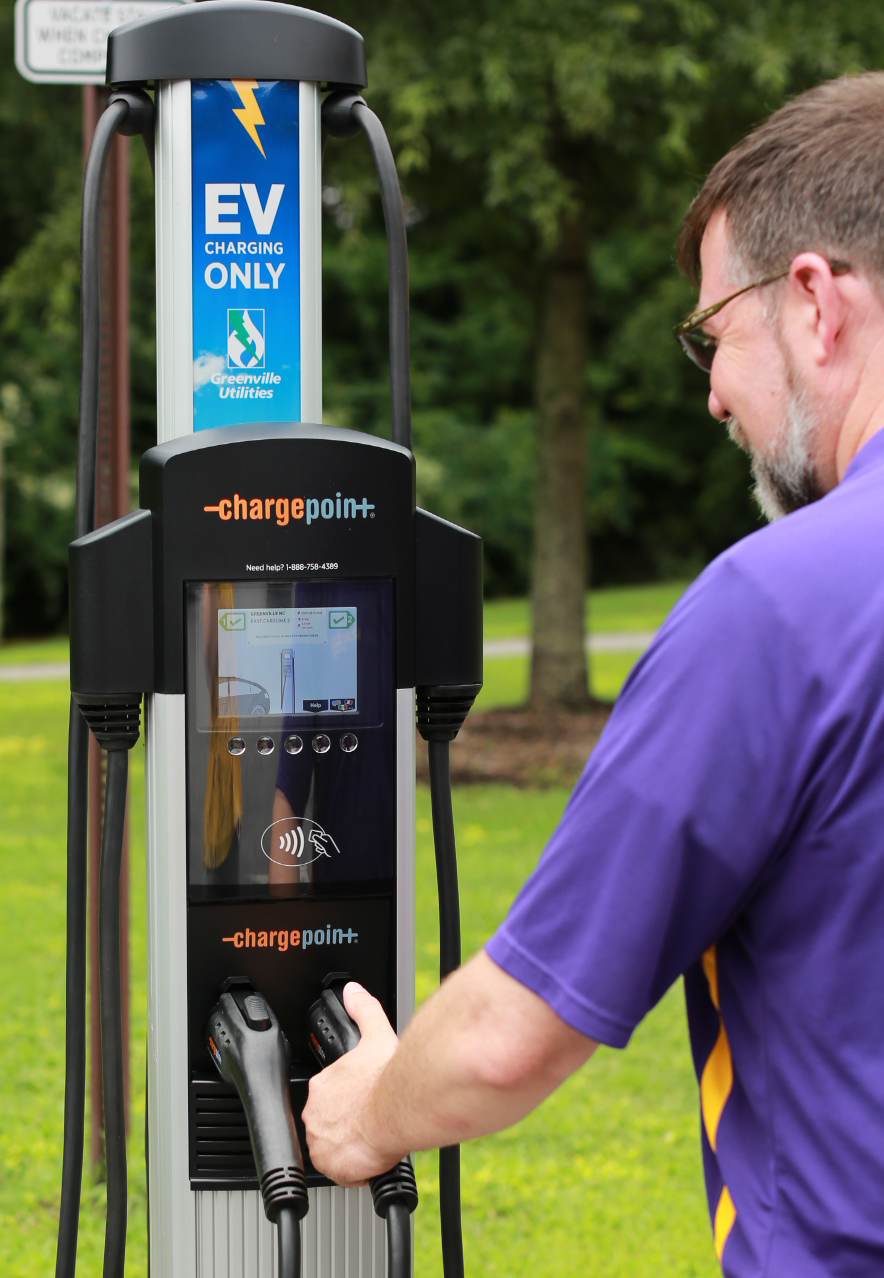
Selecting the right EV charging station is crucial not only for functionality but also to maximize your rebate potential. Not all chargers are created equal; thus, understanding which models are eligible and recommended can make your decision easier.
Top recommended Level 2 home chargers
Level 2 chargers are the go-to choice for many households, providing faster charging capabilities compared to standard Level 1 chargers. Some of the top recommended brands include:
- ChargePoint Home Flex: Known for its smart features, this charger adapts to your home’s electrical capacity.
- JuiceBox Pro 40: This model integrates well with smart home systems and offers excellent performance.
- Blink HQ 100: An affordable option that still covers basic needs without sacrificing quality.
Choosing a reputable brand enhances reliability, ensuring your investment pays off long-term.
Smart features and installation considerations
Modern EV chargers come equipped with advanced smart features that can enhance user experience. Wi-Fi connectivity allows users to monitor charging sessions through mobile apps, helping you optimize energy use and charging times.
Considerations for installation should include:
- Location: Choose a location that minimizes the distance to your electrical panel while considering accessibility.
- Electrical Upgrades: Depending on your existing setup, you might need electrical upgrades, which could affect your total cost.
Selecting a charger with smart features not only adds convenience but can also contribute to a more efficient energy usage profile.
ENERGY STAR certified vs. non-certified options
When exploring your options, consider opting for ENERGY STAR certified products. These chargers meet strict efficiency guidelines set by the U.S. Environmental Protection Agency (EPA), ensuring energy-efficient operation.
Non-certified options may be cheaper, but they could result in higher operational costs over time due to inefficiency. Investing in ENERGY STAR-approved chargers can lead to long-term savings and a smaller carbon footprint, aligning with sustainable energy goals.
Maximize Your EV Charging Rebate Savings
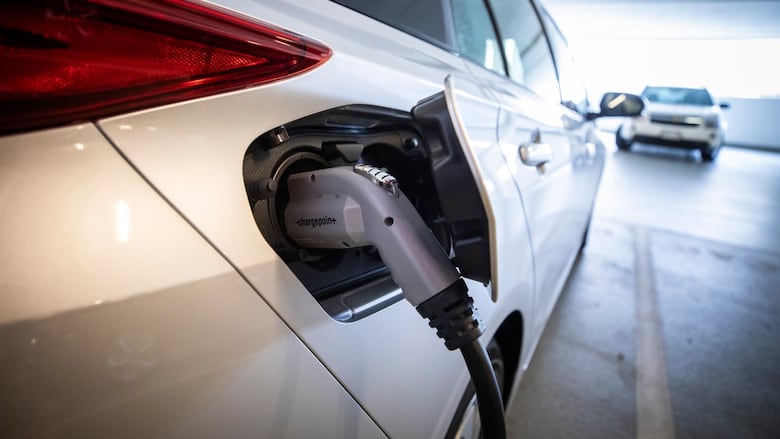
Your journey to installing an EV charging station can be an opportunity to maximize savings beyond just rebates. Being strategic with your purchase and installation can enhance your financial gains.
Timing your purchase and installation
Timing is everything when it comes to claiming rebates. Many states and utility providers offer limited-time promotions or seasonal incentives.
To capitalize on these offers:
- Monitor Announcements: Stay updated on rebate announcements from local utilities and state agencies.
- Plan Purchases During Promotions: If you find a promotion that aligns with your needs, it may be worth advancing your purchase or installation schedule accordingly.
Effective planning can align perfectly with available rebates, boosting your savings significantly.
Working with certified electricians and contractors
Hiring certified professionals for installation is not just about ensuring safety; it can also affect your eligibility for rebates. Many rebate programs require that installations be performed by licensed electricians.
Working with experienced contractors ensures that installations comply with local codes and standards, further protecting your investment and enhancing your chances of receiving rebates.
Exploring installation discounts and utility incentives
In addition to state and federal rebates, explore other avenues for savings. Utility companies often provide their customers with discounts on installation or special rate plans for those who charge their EVs during off-peak hours.
Check with your utility provider for potential offers and incentives that you might not be aware of. Engaging with them early can open opportunities for further financial benefits.
Common Questions About EV Charger Rebates
Navigating the realm of rebates can leave many potential applicants with lingering questions. Addressing these common queries helps demystify the process.
Can renters claim EV charging rebates?
This question often arises, particularly in urban areas where renting is prevalent. Unfortunately, most rebate programs require applicants to own the property where the charger is installed. However, renters may still negotiate with landlords to share in the costs or seek portable charging solutions that can function in shared spaces.
Do commercial properties qualify?
Yes, commercial properties can typically benefit from EV charging station rebates. Many programs are designed specifically to incentivize businesses to install charging stations, thereby serving employees and customers alike. The benefits for commercial properties can sometimes be greater, given the higher traffic and visibility of charging stations.
Is the rebate a one-time or recurring benefit?
Most rebates are one-time incentives tied to the initial installation of an EV charging station. However, certain utility companies may offer ongoing rebates based on energy consumption during designated periods. It’s important to clarify this with your rebate program to understand the full extent of potential benefits.
Video
Conclusion: Why 2025 Is the Best Time to Install a Home EV Charger
As we move into 2025, now is the ideal opportunity to install a home EV charger. With various federal, state, and utility-level programs providing substantial EV charging station rebates, the financial incentives are compelling. Additionally, the long-term benefits of owning an electric vehicle extend beyond mere economic factors—they contribute to environmental sustainability and energy independence. Embracing this transition can lead to significant savings, making 2025 a landmark year for prospective EV owners.
You can read: 2025 Nissan Leaf Tax Credit Guide: How to Claim Your EV Savings

